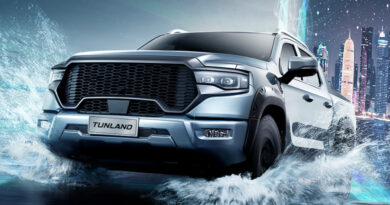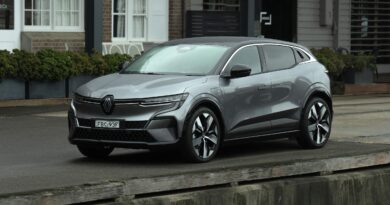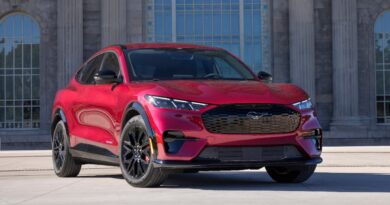Mercedes-Benz MBUX Hyperscreen display for EVs only
Mercedes-Benz’s stunning new MBUX Hyperscreen initially will be available only in its EVs.
“At first it is an EQ feature,” said design chief, Gorden Wagener, referring to the company’s EV-only sub-brand.
The MBUX Hyperscreen is a big step up from the current MBUX (it stands for Mercedes-Benz User eXperience), introduced back in 2018. The new 141-centimetre wide glass-fronted display will appear first in the EQS electric luxury limousine. This battery powered Mercedes-Benz luxury sedan that provides an EV alternative to the S-Class flagship will go into production from March or April and should reach Australia later in 2021.
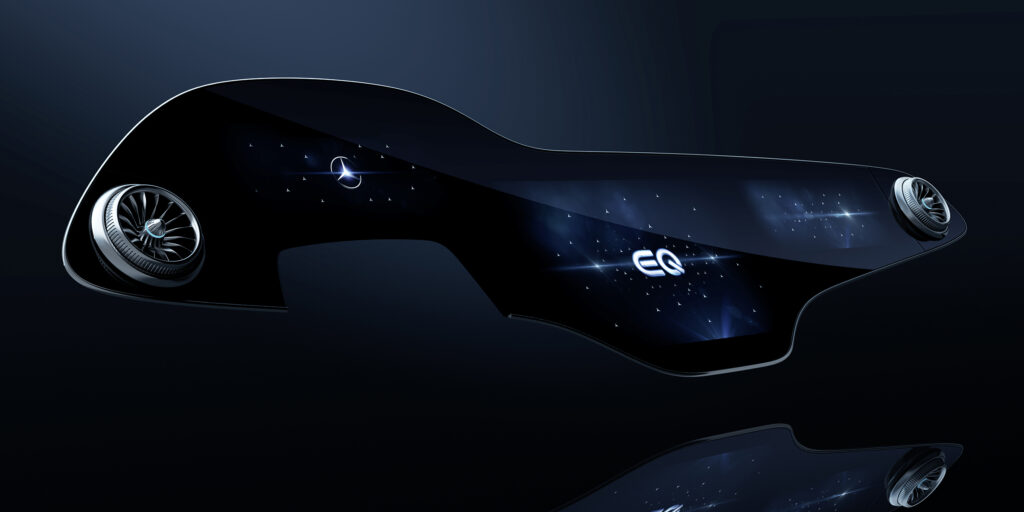
The EQS is the first model built on Mercedes-Benz’s new purpose-designed EV-only platform, and just one of four EVs the company plans to launch through 2021. The others are the EQA, EQB and EQE. While first two will share body and chassis technology with the ICE-powered GLA and GLB models, the EQE will have much in common with the EQS.
See our calendar of every EV and plug-in hybrid coming to Australia in 2021.
What’s so special about the MBUX Hyperscreen? Apart, that is, from its impressive appearance…
The system combines three screens, two of them using the same kind of OLED tech found in high-end TVs, with serious computing power to support a higher-than-average level of artificial intelligence.
Mercedes-Benz’s stated objective with the MBUX Hyperscreen was to create an elegantly simple interface that’s utterly intuitive to use. While the central home screen always displays navigation, the small insets arrayed across its bottom edge give instant access to other functions.
These change, depending on what the MBUX Hyperscreen’s AI figures the driver wants to see or do next. “You don’t search for functions, they find you,” is the way Mercedes-Benz global chief Ola Källenius puts it.
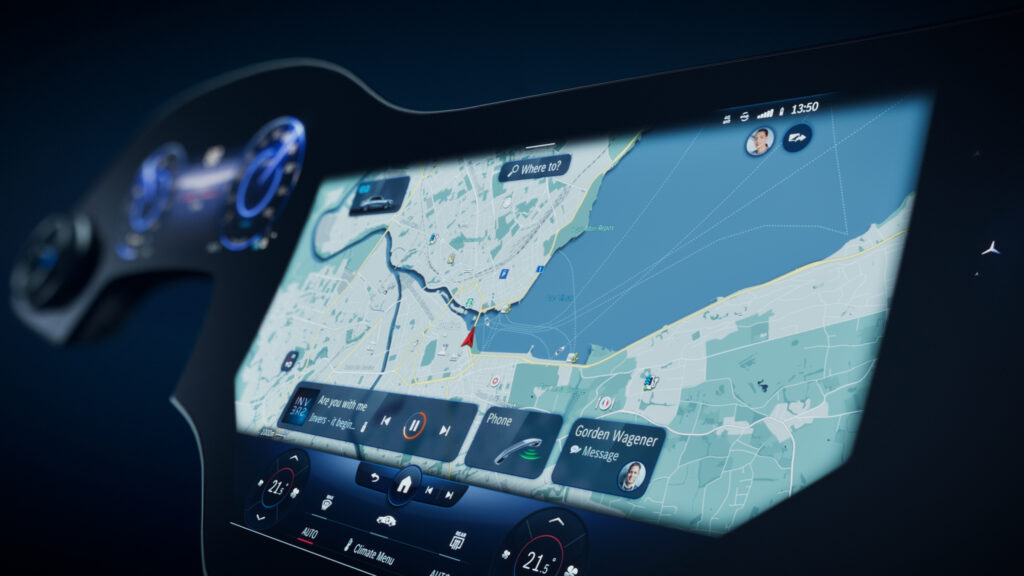
The system is quick to learn, according to MBUX Hyperscreen designer Vera Schmidt. “Adjustments will take place after a couple of drives,” she says. “It doesn’t take long for the AI to recognise your behaviour.”
So, at least in theory, the system will save the driver a lot of tapping and scrolling through menus. It’s an innovative approach, and Mercedes-Benz has a name for it.
“The principle of Zero Layer is completely new,” says Mercedes-Benz board member in charge of digital development, Sajjad Khan.
Both the centre screen and another in front of the passenger seat use OLED tech. The system’s third, non-OLED, screen is the instrument display. Mercedes-Benz’s designers came up with an original EV-specific graphic for one of its modes.
Vera Schmidt says her team began by asking if there might be another way to visualise information like power consumption, regenerative braking levels and cornering G-forces. They came up with a way to “make the motion visual” in a 3D way, she says.
What it looks like in practice is a retro-style UFO zooming through a wormhole in space. But the EQS, and the other EQ models to follow, will also feature the usual line-up of EV-specific driver aids, such as charging point locations.
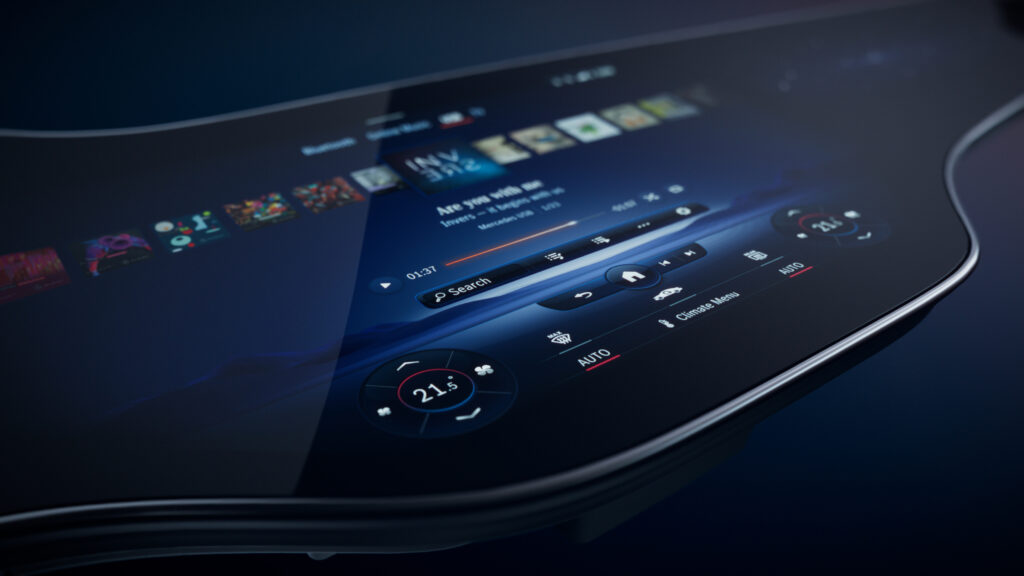
But what will surely impress most people the most is the visual drama of the MBUX Hyperscreen. Its complex, gently curved shape is eye-catching, even before the pixels begin to glow.
Hyperscreen will be an optional extra in the EQS in Europe. Källenius predicts the take-up rate by customers will be high, an indication that it will be relatively affordable.
Mercedes-Benz Australia often decides to make optional tech standard in high-end models, so there’s a good chance every EQS sold here will feature the MBUX Hyperscreen.


